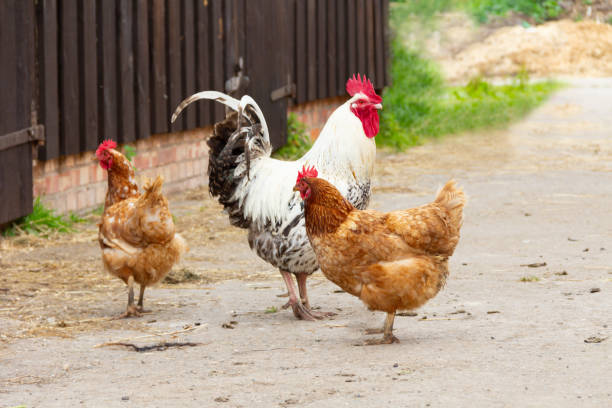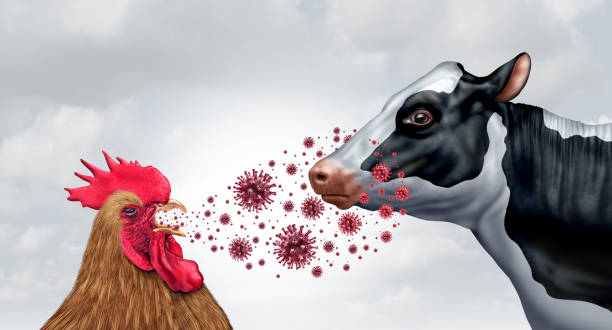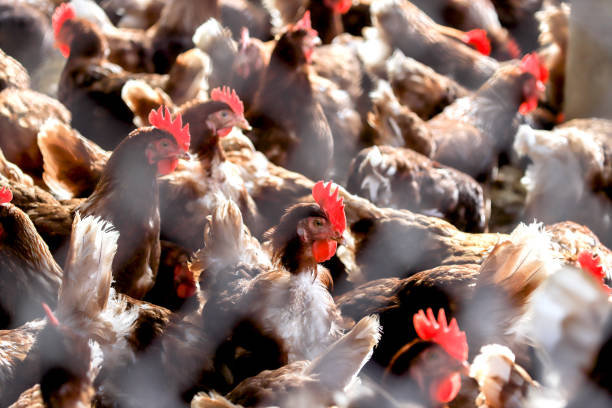Avian Influenza Outbreak in Chiriquí has been Controlled
The Avian Flu disease is closely linked to the movement of migratory birds’.

A test tube with a blood test for h5n1 avian influenza. The concept of an avian flu pandemic. Checking the chicken for diseases.
The outbreak of highly pathogenic avian influenza (HPAI H5N1), which was reported at the end of January on a backyard farm in El Flor, Dolega district (Chiriquí), was controlled and although there are no effects on backyard, wild or technologically bred birds, epidemiological surveillance and control measures will be maintained in the area for the next three months. The Ministry of Agricultural Development (MIDA) reported that the ban on the movement of birds from the affected area, hunting activities and cockfighting in the area will remain in place. Monitoring and sampling of backyard birds will also continue, among other preventive actions, they announced in a press release.

Lester Reyes, national deputy director of the Animal Health Department of MIDA, said that both in the area where the outbreak was detected and in the rest of the country, biosecurity measures and epidemiological surveillance and education programs were reinforced, mainly in areas with a higher risk of introduction of the disease. Reyes explained that “the disease is very susceptible to the movement of migratory birds,” and therefore, he asked not to mix wild birds with backyard birds because it increases the risk. It is worth mentioning that, in 2023, an outbreak was recorded in the north of the province of Veraguas and many birds were slaughtered. It took about a month to control the outbreak. However, in the case of Dolega, “timely diagnosis and treatment resulted in the virus not multiplying.” Reyes asked citizens to report sick or dead birds to the corresponding authorities. Reports can be made at the nearest MIDA agency or by calling 6550-8486.

In a recent publication, Mayra Herrera, professor at the Faculty of Agricultural Sciences (FCA) and specialist in Poultry Sciences with training at the University of Arkansas (United States), urged producers to be alert to the clinical symptoms of the disease: loss of appetite, ruffled feathers, reduced physical activity and respiratory difficulty. “If the result is positive, the infected birds must be slaughtered to prevent the spread of the virus,” Herrera said. He also warned that transmission to humans is extremely rare and does not occur through consumption of meat or eggs from sick birds, provided that these are cooked at temperatures above 70°C, which inactivates the virus.

Mida explained that avian influenza manifests itself with fever, depression, lack of appetite, sneezing, bloody nasal discharge, diarrhea, purple or purple-colored swelling of the crest, eyes, chin, ruffled plumage, tremors, weakness, incoordination, crowding and decreased egg production , as well as eggs with or without soft shells.





